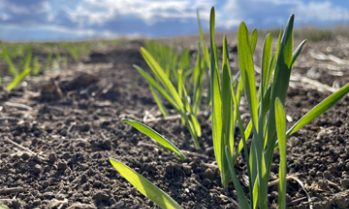News From SCIC
The federal and provincial governments have agreed to increase the 2021 AgriStability interim benefit payment percentage from 50 per cent to 75 per cent for Saskatchewan producers.
Saskatchewan Agriculture Minister David Marit announced today that Saskatchewan Crop Insurance Corporation (SCIC) will implement measures to address dry conditions impacting producers. Effective immediately, changes will be made to allow low yielding crops to be put to alternate use to support the livestock sector. The Government of Saskatchewan is also making changes to temporarily increase the maximum funding a livestock producer can receive from the Farm and Ranch Water Infrastructure Program (FRWIP) for dugouts, wells and pipelines.
During today’s virtual meeting of Canada’s federal, provincial, and territorial (FPT) Ministers of Agriculture[1], Ministers agreed to remove the reference margin limit for AgriStability, one of the business risk management (BRM) programs under the Canadian Agricultural Partnership. The removal of the reference margin limit will be made retroactive to the 2020 program year. In addition, the deadline for producers to enrol in the 2021 program year will be extended to June 30, 2021.
Today, Federal Minister of Agriculture and Agri-Food Marie-Claude Bibeau and Saskatchewan Deputy Premier and Finance Minister Donna Harpauer announced enhancements to the 2021 Crop Insurance Program. This year, Crop Insurance coverage will reach a record level due to higher commodity prices and increased yield coverage.









